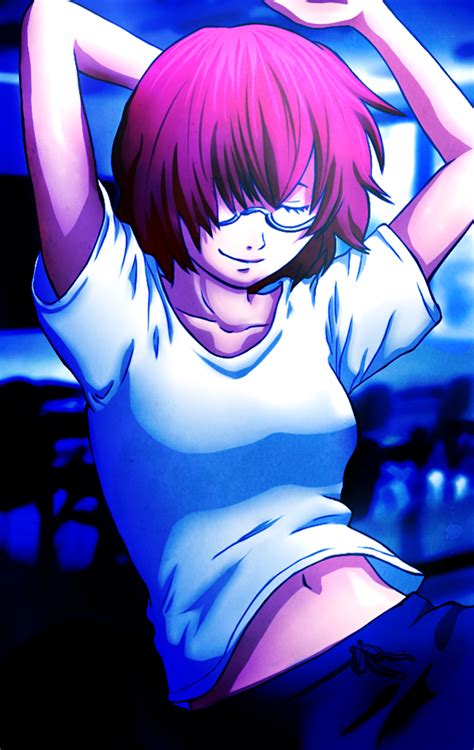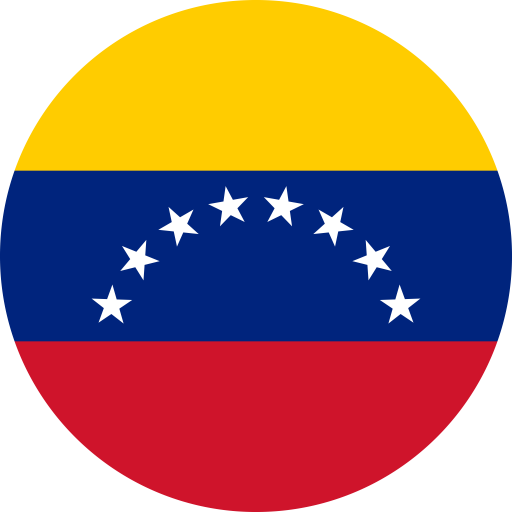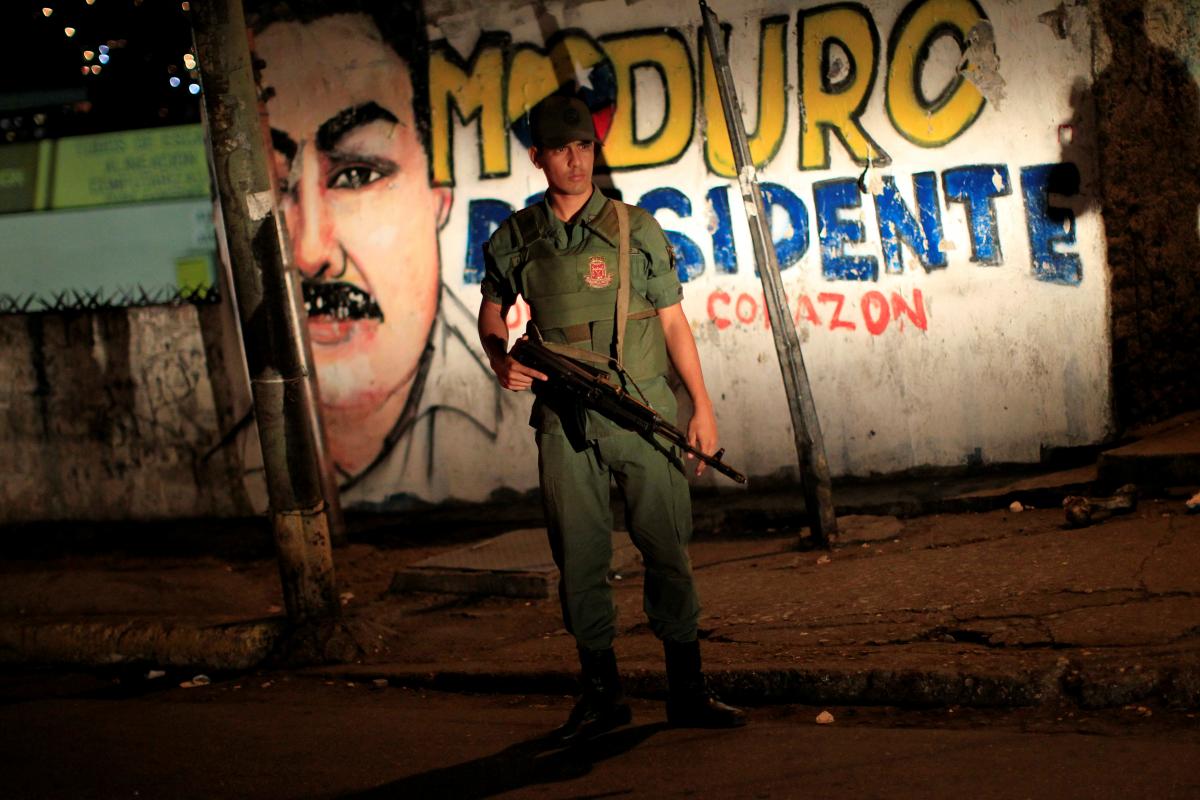For a glimpse into Venezuela’s future, look at Arauquita, a remote Colombian border town of about 5,000 people. In May, thousands of bedraggled Venezuelan refugees from neighboring Apure State started arriving in Arauquita with grim stories of aerial bombings and house-to-house searches by Venezuelan soldiers. A tiny war had broken out in the region, pitting the army loyal to Venezuelan President Nicolás Maduro against the Tenth Front—a dissident faction of the FARC (Revolutionary Armed Forces of Colombia), Colombia’s Marxist rebel group turned drug trafficking cartel, which years earlier had crossed the border and effectively taken over a section of Apure State.
The reasons for the fighting remain shrouded in uncertainty—it might have stemmed from a dispute over the profits of the Tenth Front’s drug smuggling routes. But the outcome of the clashes has been more revealing, even shocking: the capacity of the Venezuelan state is so limited that it cannot dislodge the FARC fighters. The Tenth Front remains the de facto authority in the area despite the Maduro government’s display of firepower.
The battles in Apure State may be a sign of things to come. The Venezuelan regime is not just a military dictatorship but also a criminal enterprise. Rather than a Weberian rational-bureaucratic state, what Maduro leads is a loose confederation of criminal chieftainships where he plays the role of capo di tutti capi—the boss of bosses. Normally, Maduro is able to arbitrate disputes between his captains. But sometimes, as in Apure, the system breaks down and violence erupts. Army generals run most of the rackets today. The generals control everything from the well-stocked Caracas bodegones—high-end retailers where every kind of imported good is readily available for U.S. dollars—to much murkier sectors, such as the blood-soaked trade in coltan, a rare earth element, from the jungles of the south. Colombian criminal syndicates, such as the FARC’s Tenth Front and the rival ELN guerrilla group notorious for its brutality, operate in cahoots with Venezuelan officials and at other times challenge authorities. Other lucrative businesses have ended up in the hands of civilians close to the regime—such figures have presided over the boom in high-end construction in affluent areas of Caracas—or with gangs, which, for example, manage the day-to-day operation of prisons and extract fat profits through the pitiless extortion of inmates.
A Mafia state such as Venezuela may seem stable from day to day, but it is inherently volatile—as the refugees from Apure know only too well. Think tanks and diplomats in Washington continue to ask how the regime might be pushed toward democracy, but the real question facing Venezuela right now is far bleaker: Will the confederation of criminals that Maduro leads remain cohesive enough to avoid internecine conflict, or does Venezuela’s future look much like Apure’s present, with armed gangs waging turf wars that plunge the country into anarchic violence? The Caracas Mirage
Accounts of Venezuela’s predicament typically begin not in Apure State but among the skyscrapers of Caracas, where an illusion of normality is now on offer. The massive (and murderously repressed) street protests of recent years are long gone. So, too, are the days of high-stakes political confrontation between the Maduro regime and the Venezuelan political opposition.
Venezuelans are exhausted and hopeless. Years of street protests, which flared from 2002 to 2017, failed to yield tangible political change. With their hopes dashed, many Venezuelans look at the leadership of the opposition with deep skepticism and anger. Their despair has propelled an exodus out of the country. UNHCR, the UN Refugee Agency, has estimated that some 5.4 million Venezuelans have left the country in recent years—nearly a fifth of the population. One recent study has found that the median age of Venezuelan migrants is 32: people in the prime of their working life, including many young people who were once at the core of the protest movement.
The opposition launched another attempt to wrest power in January 2019, when Juan Guaidó, then speaker of the National Assembly, claimed the presidency for himself after the Maduro government held a crudely rigged presidential vote. Guaido’s challenge electrified Venezuelans—and the world. The United States led the charge, with the State Department quickly extending official recognition to Guaidó as interim president. In all, 60 countries eventually recognized Guaidó’s claim, including most wealthy democracies and nearly all of Latin America. The swift U.S. embrace of Guaidó fit into a broader pattern of bluster toward the Maduro regime. For more than a year, President Donald Trump, Vice President Mike Pence, Secretary of State Mike Pompeo, and National Security Adviser John Bolton had taken a tough diplomatic stance that stressed that “all options are on the table” with regard to Venezuela, even military intervention. Under the rubric of “maximum pressure,” the United States launched sanctions not only against regime figures but against key Venezuelan economic sectors, limiting Caracas’s ability to sell oil abroad in a bid to curtail the regime’s access to the foreign exchange it desperately needed. Sanctions did not destroy the Venezuelan economy—the regime’s own economic policies did that, with stunning efficiency, in the two decades before sanctions were introduced—but they deepened the country’s economic crisis and made meaningful economic recovery impossible.
Tellingly, the top priority of Venezuelan officials when they do sit down for talks with representatives of the international community has always been relief from the individual sanctions against them. The chieftains of the regime seem to care more about their freedom to travel and hold property around the world than about the hardships of ordinary Venezuelans. They have been shaken by the United States’ announcement last year of a $15 million bounty for help apprehending Maduro, along with other multimillion-dollar bounties attached to other regime figures and their cronies.
Trump’s bellicose rhetoric against Maduro and the regime’s top figures was nevertheless unhelpful in Venezuela. It fed into the Venezuelan opposition’s propensity for magical thinking. Some radical opposition figures chose to agitate loudly for U.S. military action. These demagogues recognized, privately, that the odds of a U.S. intervention actually taking place were vanishingly small, but that did not stop them from preying on the desperation of their followers. The Maduro regime, for its part, correctly estimated that the American bluster amounted to empty threats. It focused on turning U.S. posturing into valuable propaganda. Venezuelan state TV eagerly carried sound bites of Washington’s saber rattling against the regime. This allowed the Maduro government to shirk responsibility for the country’s economic problems by blaming them on supposed U.S. sabotage.
Trump’s pressure did little to change the facts on the ground. The hoped-for cascade of military defections from the regime never materialized. Instead, the regime waited Guaidó out and continued to repress and jail his supporters. The steam gradually drained out of his challenge.
Over time, the Cuban-inspired repression tactics used against Guaidó and his allies proved brutally effective. Gradually, the people’s trust and support for Guaido’s provisional government dwindled. Guaido’s approval rating plunged from 70 percent at the start of his challenge in 2019 to just 11 percent this January. The regime, for its part, no longer treats the opposition as an existential threat. Instead, it sees the opposition, at worst, as a chronic condition to be managed and, more frequently, as an adversary that can be easily manipulated. The Largest Peacetime Economic Contraction Anywhere, Ever
For everyday Venezuelans, the regime’s perseverance is nothing short of a catastrophe. A once large and growing middle class has virtually disappeared, leaving as many as 96 percent of Venezuelans below the poverty line. The economy has collapsed dramatically, with GDP per capita having dropped to about a quarter of what it had been before the crisis began in 2013. By some estimates, the Venezuelan economy has contracted more since 2012 than any other peacetime economy.
Venezuela’s economic implosion tracks back to the destruction of its oil industry, which for over a century had been at the center of the country’s economic strategy. Oil production had been drifting down from a peak of 3.7 million barrels per day in 1998 to 2.2 million barrels per day in 2017. But the combination of chronic underinvestment in exploration and maintenance, the loss of access to international credit markets following sovereign default in 2017, and the imposition of U.S. sanctions on the oil industry that same year saw the bottom fall out of the industry. Venezuela now produces a mere 700,000 barrels per day—nowhere near the level required to fund the imports the country needs to survive.
For a time, in 2017 and 2018, the regime imagined it could ride out the oil sanctions by leaning on friendly foreign powers. Venezuelan officials hoped that Chinese and Russian oil companies might be invited in to prop up the collapsing industry. But after a long and tortuous set of negotiations, both Chinese and Russian firms rejected offers to take over the mammoth Amuay-Cardón refinery (which boasts the capacity to produce one million barrels per day). Today, Amuay-Cardón sits idle. Gasoline shortages have become a daily fact of life for millions of Venezuelans, who must spend up to four days in line waiting for rare fuel supplies to fill their tanks. The government gave foreign companies lucrative licenses to exploit abandoned and mismanaged oil fields. Eventually, one by one, these oil companies left the country, as the task of restoring production proved to be impossible


